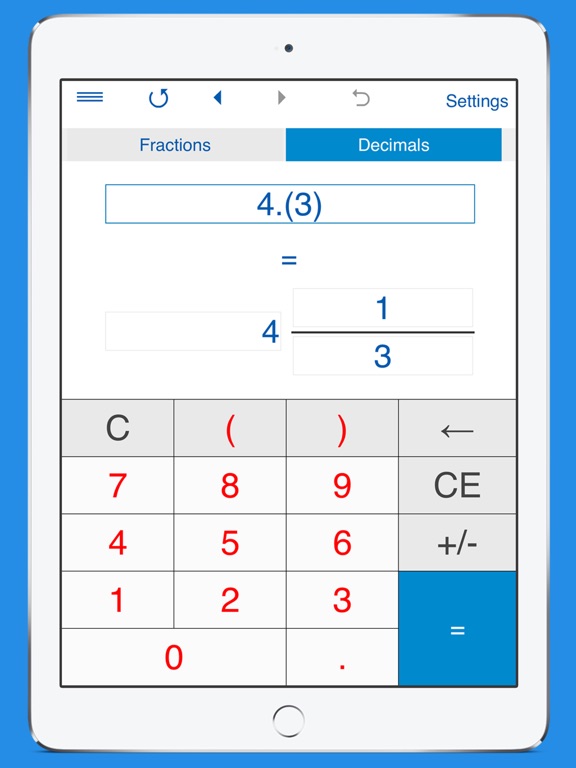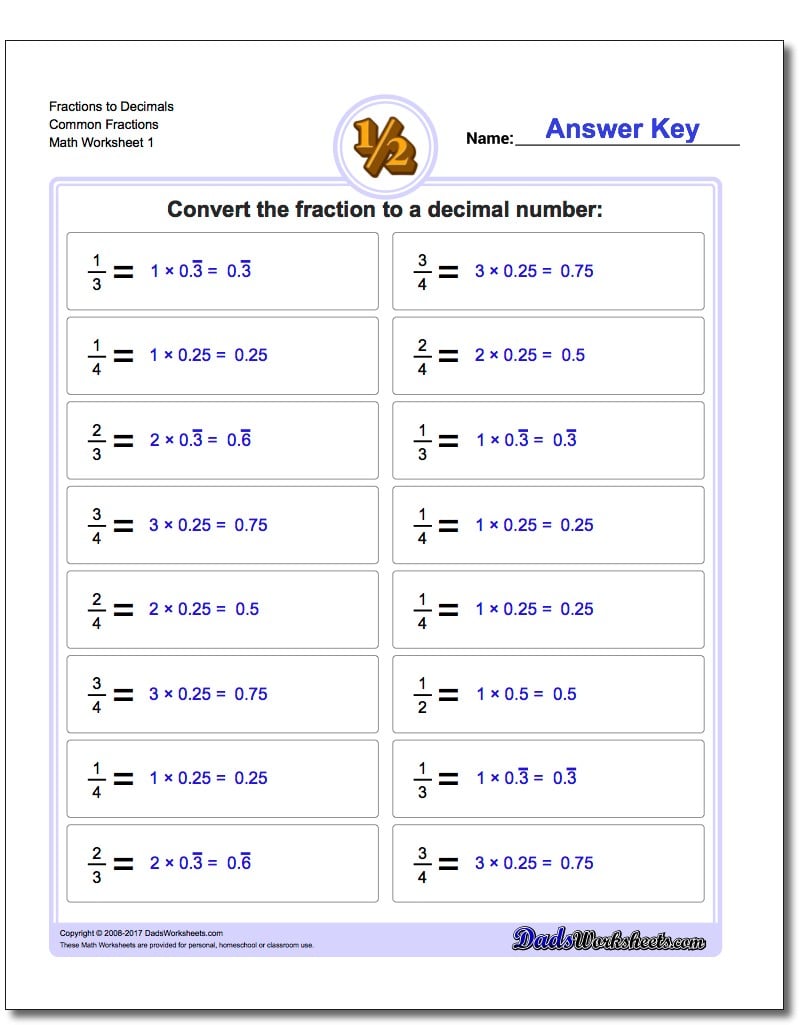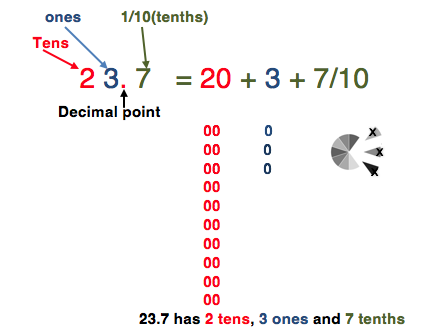

If you want to go even further, let's extract feet from the result of the mm to inches fraction conversion. As it's an improper fraction, convert it to a mixed number: 32 13/ 16" (you can use the modulo operation to find the quotient quickly). The output of rat is different when there are two outputs than when there is only one. Divide both numerator and denominator by 2, so we get 525/ 16". num, dem rat (totalWoman./ totalStudents) The fraction is then num / dem. Find the least common multiple of 1050 and 32, which is 2. Round the outcome to the nearest whole number, 1050 in.įinally, we can convert the length from inches to fraction: 1050/ 32".Īs there are countless equivalent fractions to our result, we can make our lives easier by simplifying this inch fraction. It's the length of each part.Ĭonvert the measurement in mm to inches by dividing the value by 25.4, and rounding the outcome to two decimal digits (those will be our significant figures): ( 5/ 6 m) / 25.4 = 32.81 in.
Deciaml to integer fraction converter how to#
Here is how to deal with the problem:ĭivide 5 m by 6, 5 m / 6 = 5/ 6 m. We can measure the length with precision down to 1/ 32". You plan to cut it into six equal parts, but you have only a tape measure with the fractional inches scale. Imagine you've bought a wooden panel, 5 meters long. Take a look at this table if you want to find any inch fraction between 0" and 1", with steps of 1⁄64". But for typical everyday measurements, it's accurate enough, especially when you choose a precision of 1/ 32 or higher.īy the way, did you know that music intervals also rely on dyadic fractions (fractions with the denominator 2ⁿ), as it concerns frequencies? You can also use our ratio calculator to aid you in doing the math.Īs you can see, the outcome is sometimes only an approximation of real value because of rounding. The resulting inch fraction is then n/ d.Multiply these numbers and round them to the closest whole number, n = round(d*x).The results will appear below in the Results text box. To use this calculator, enter a decimal number in the top Input field, select the fraction precision that you want, and click the Convert to Fraction button. Choose the precision, or in other words, the value of denominator, d This calculator that converts decimal values to fractions is very useful on projects where a tape measure is being used.So, how to convert decimal to inch fraction? The only difference is that the denominator should be to the power of 2: 2, 4, 8, 16, etc.

Principally, we have to find the ratio of two numbers, the numerator and the denominator. All help is much appreciated.Transforming a distance in its decimal form to its fraction inches is almost the same as converting any decimal to a regular fraction. But if that is not possible, then I need to find a way to reduce my decimals to lowest fractions. If anyone knows how to use a decimal instead of a fraction in a logarithmic formula like this it would prevent any need to convert decimal to fraction, and would be the ideal answer. =LOG(1.3333333*1) but it doesn't return satisfactory results. The formula I am using for the values 4, 3 is =LOG(4*3) or =LOG(B*C). Is there a better way to convert decimals to fractions, or a trick so this process works for repeating decimals? This approach works perfectly on simple decimals, such as 1.25, 1.5, 1.125.

Dividing B and C by 10, you can see I do not get the answer 4 and 3. In order to reduce this fraction to its lowest terms, in column E I type =GCD(B,C) which gives a value 10.

In column C I multiply by 1000000000 to display the numerator without decimal places, and in column D I type 1000000000 as the denominator. My current method is this: In column B I round all values to 8 decimal places. There are multiple values that need this treatment, some with large decimal values. Therefore simply formatting the cell to display as a fraction is of no use. However, as I'm using them individually in formulas, the 4 and 3 have to be in separate columns. You can then simplify the fraction if needed. To turn it into a fraction, place the 4 over 10, to give 4/10. As an example, for 0.4 you'll find the four is in the tenths position. I need to display the decimal value 1.333333333 as fraction 4/3. How to convert a decimal to a fraction To convert a decimal to a fraction, take the decimal number and write it as the numerator (top number) over its position value.


 0 kommentar(er)
0 kommentar(er)
